12 signs of aggression in dogs you should not overlook
Decode any dog’s body language with this expert-backed guide to spotting both subtle and blatant signs of aggression in dogs
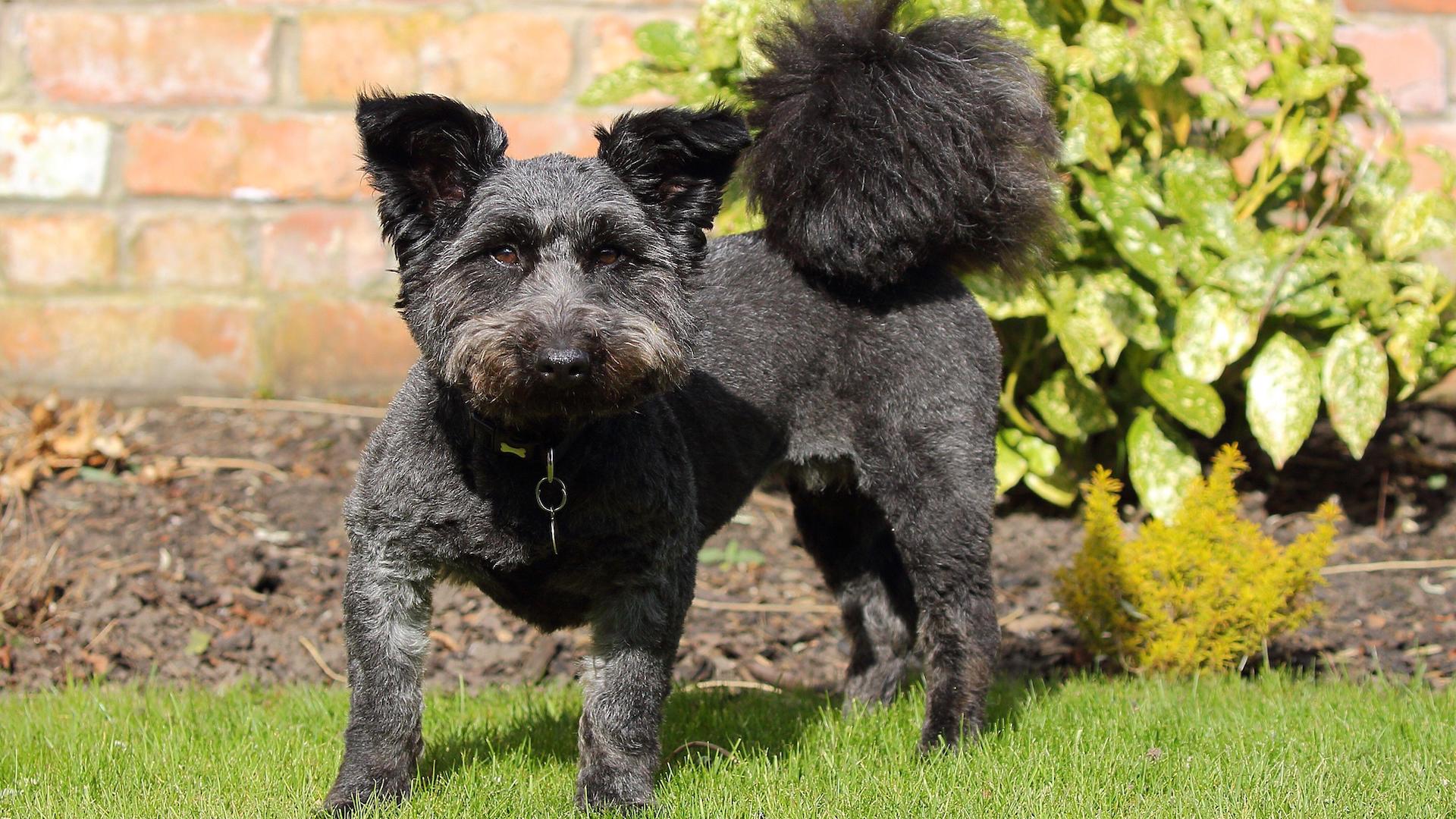
Some of the signs of aggression in dogs are simple to spot, while others are more nuanced, especially when it’s not your own pup. Without speech, dogs use their body language to communicate, and it’s up to us to interpret the signals correctly. What might look like a wag might in fact be a red flag. Is that dog smiling or snarling?
Aggression in dogs isn’t always due to anger. What might look like a harmless grumble could actually be your dog trying to communicate discomfort, fear, or stress. Left unchecked, these signals can escalate into something more serious. Recognizing the subtle cues early on can make all the difference in keeping everyone safe and your dog feeling secure.
With the help of vet Dr Rebecca MacMillan, we’ll walk you through some of the most common signs of aggression from obvious signals to the ones that might go unnoticed. With veterinary input, here’s our guide to what your dog—or others crossing your path—might be trying to tell you.
Signs of aggression in dogs
1. Excessive yawning or lip-licking
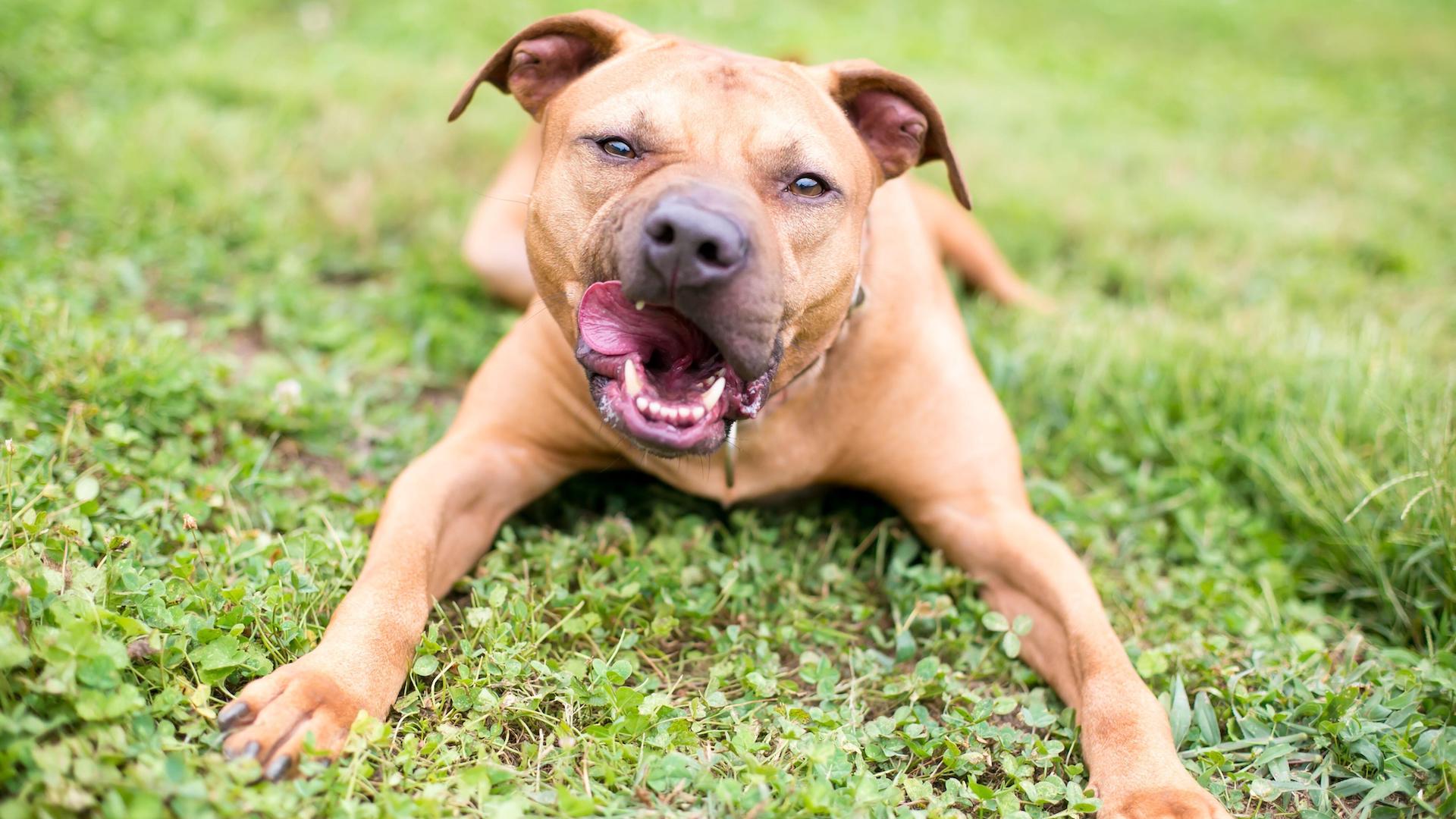
Licking and yawning are preliminary, passive signs of canine aggression, according to vet Dr Rebecca MacMillan. But they are a signal that you should heed.
“When a dog is first feeling uncomfortable, they may show some subtle signs indicating they’re stressed,” she says. “Excessive yawning, lip licking, leaning away, or showing the whites of their eyes (‘whale eye’) are all clues that should be taken seriously.”
2. Hair standing on end
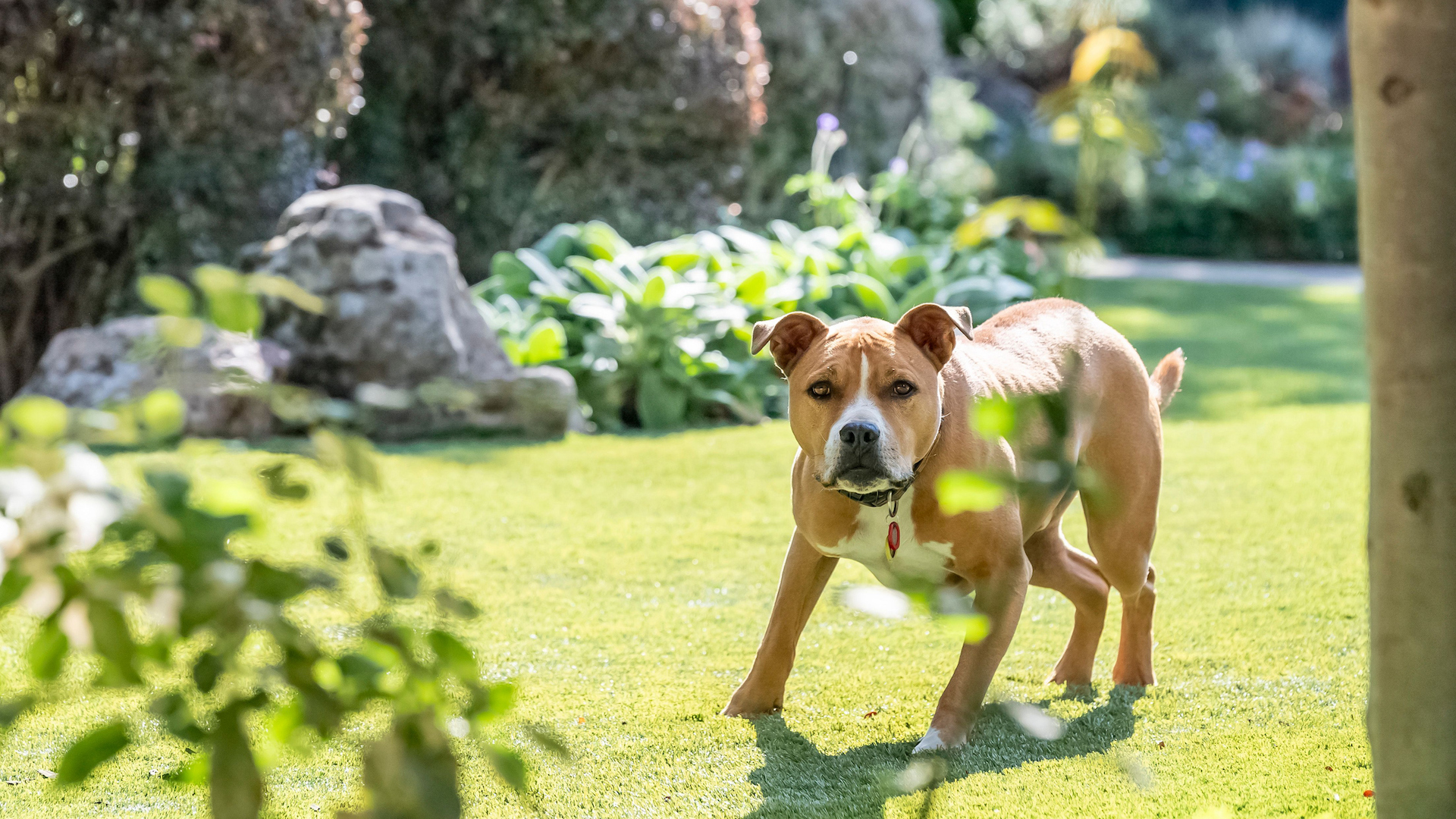
We can describe humans as having raised hackles when we get stressed or annoyed, but the term really applies to dogs and other animals. It doesn’t only signal aggression, but can be shown in dogs feeling fearful.
“When feeling threatened, a dog may raise its hackles, the hairs around the scruff of the neck,” says Dr MacMillan. “The technical term for this is ‘piloerection,’ and it can help your dog look bigger and more intimidating.”
Get the best advice, tips and top tech for your beloved Pets
3. A hard, unblinking stare
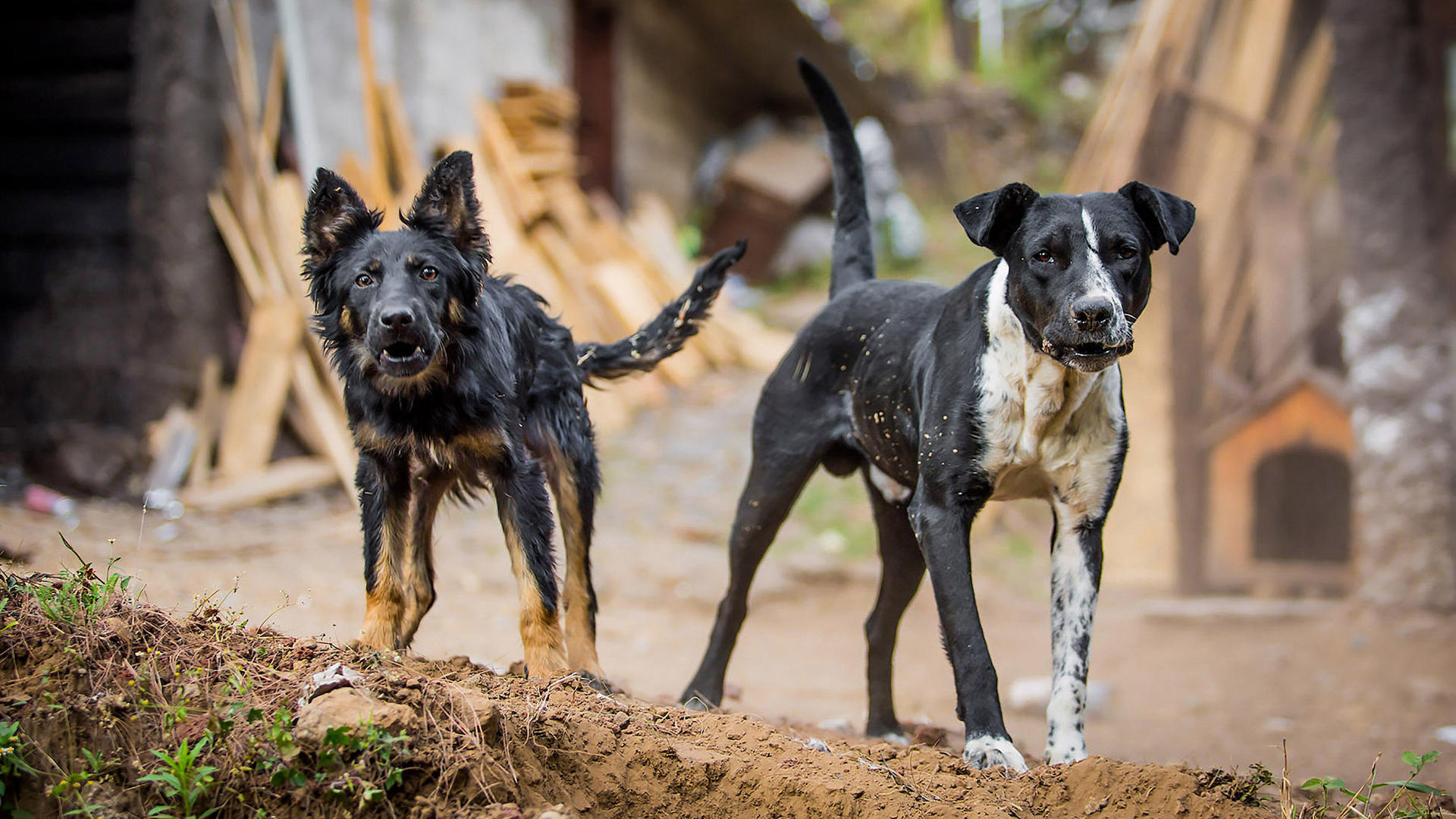
In canine speak, staring tends to be a precursor to a fight. Not to be confused with the soft, doe-eyed, beseeching look that many dogs can give, this is a hard-eye, “Don’t mess with me” glare that behaviorists associate with aggression. It’s like the dog is saying, “Come any closer, and there will be consequences”.
The dog may be guarding a resource or a territory, and you’d be wise to change your behavior or movement patterns rather than challenge the dog to a staring competition so that you’re not perceived as a direct threat.
4. Tense body language
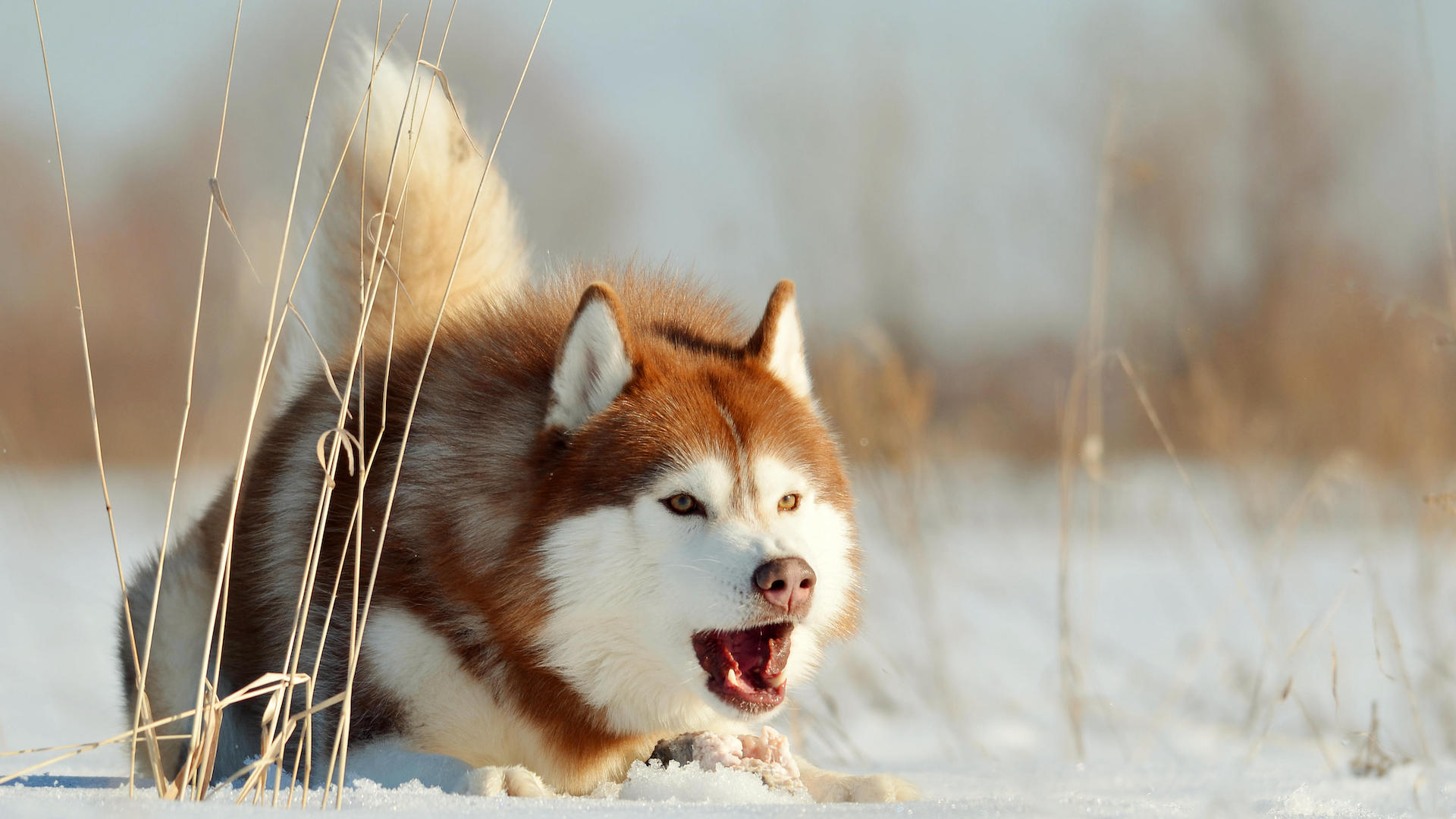
A dog that is tense or rigid is giving off signals that he is not comfortable with the situation. An aggressive dog will generally stand stiff-legged, tail up, ears pinned tightly, and leaning forward while staring intensely. Compare this to a calm, submissive dog, whose body language is the polar opposite.
5. A raised or slightly wagging tail
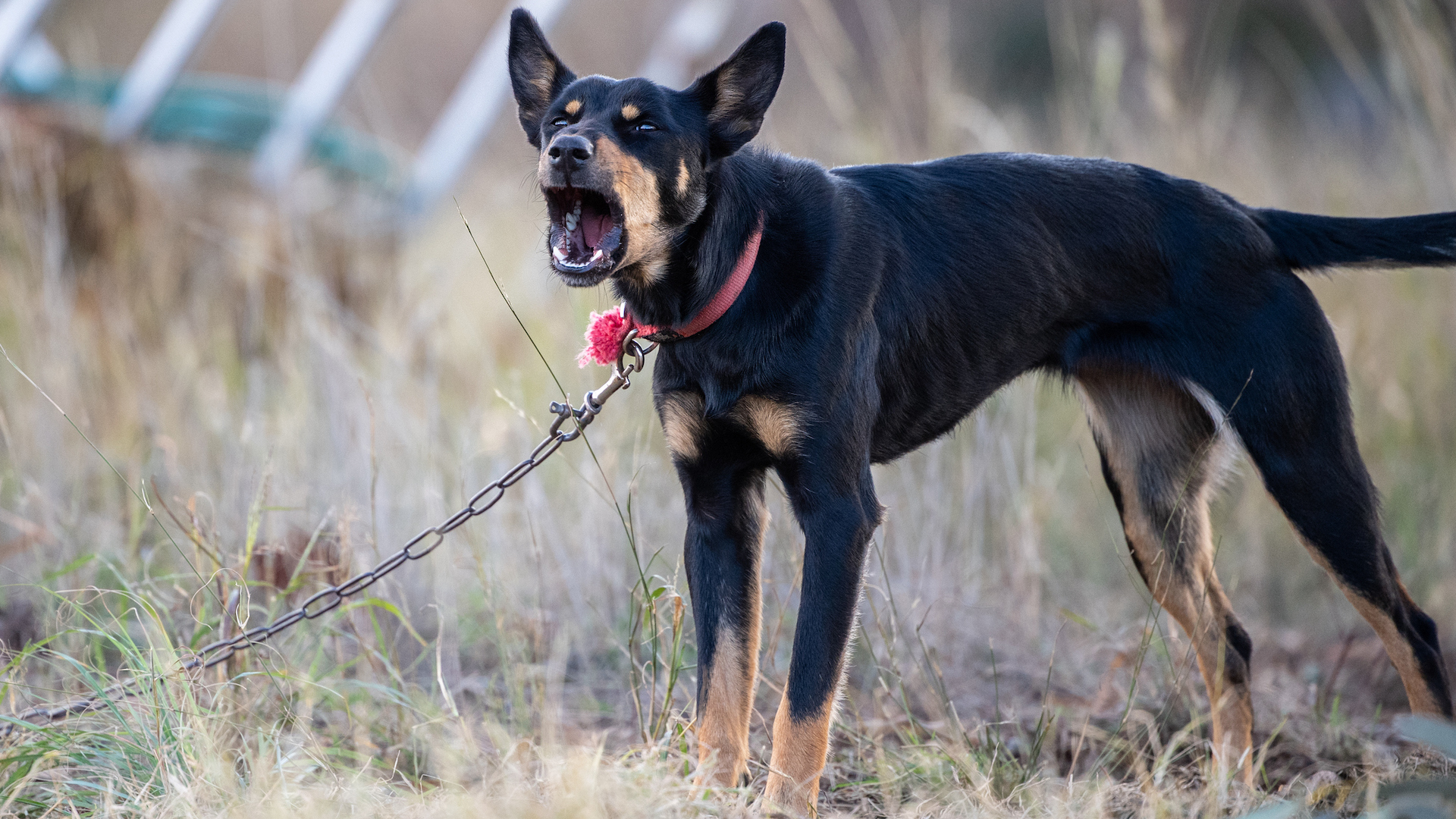
We are conditioned to understand that a wagging tail is a sign of a friendly, happy dog, but there are happy wags – and more serious wags, and it’s important to be able to read the difference.
Dr MacMillan explains: “A tail that is tense, stiff, straight, or raised above the dog’s back could indicate aggression.
“They may be wagging the tip of it as a threat gesture. A happy dog will have a loose, wagging tail that is freely moving from side to side.”
6. Ears pinned back
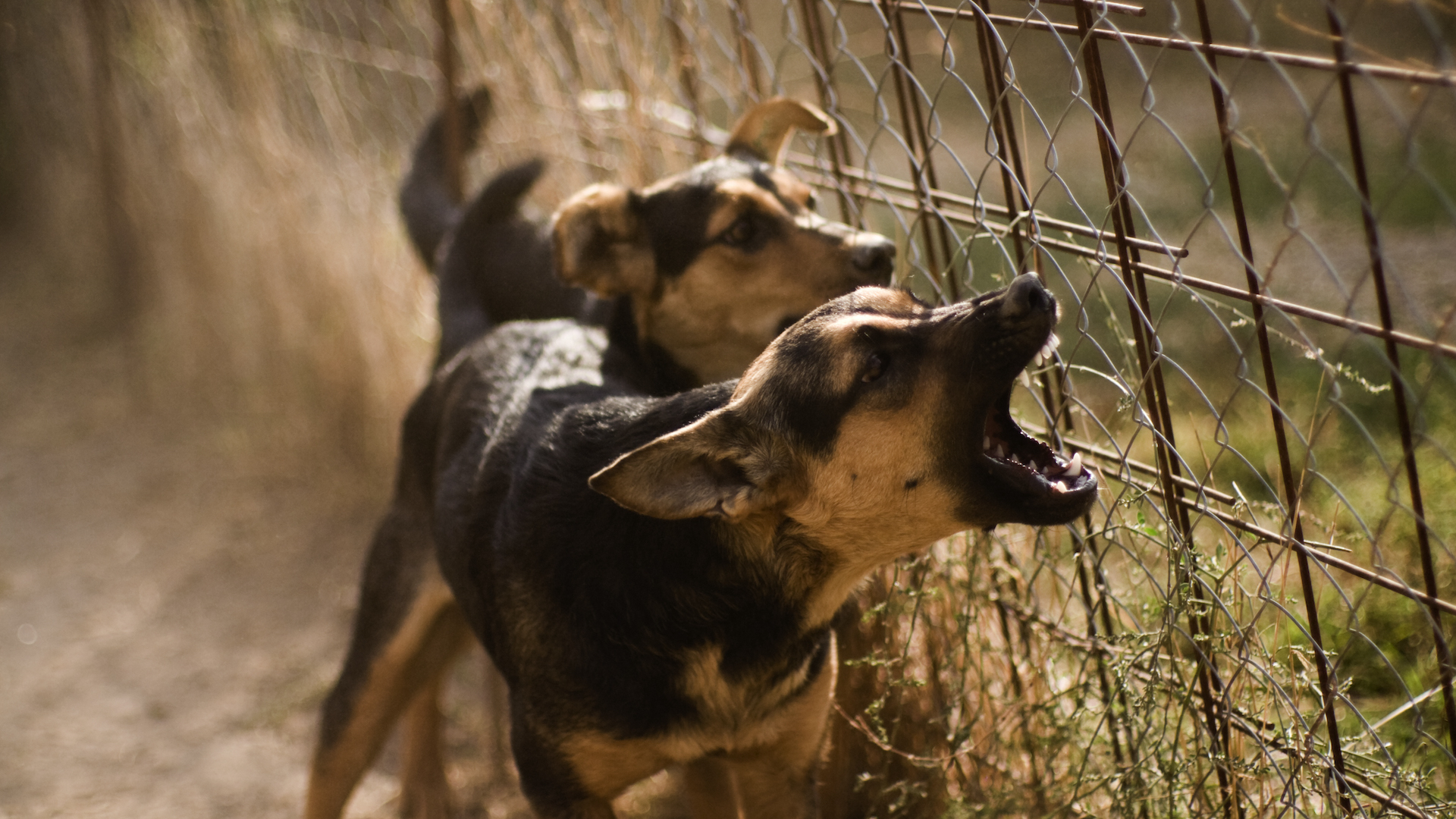
While a dog with its ears softly back is generally submissive, “a scared or aggressive dog will usually have tight facial features with pinned-back ears,” says Dr MacMillan.
It indicates tension and may signal aggression.
“This is a clear sign that they are not happy about something, and you should look at their immediate surroundings to see what is upsetting them.”
7. Growling
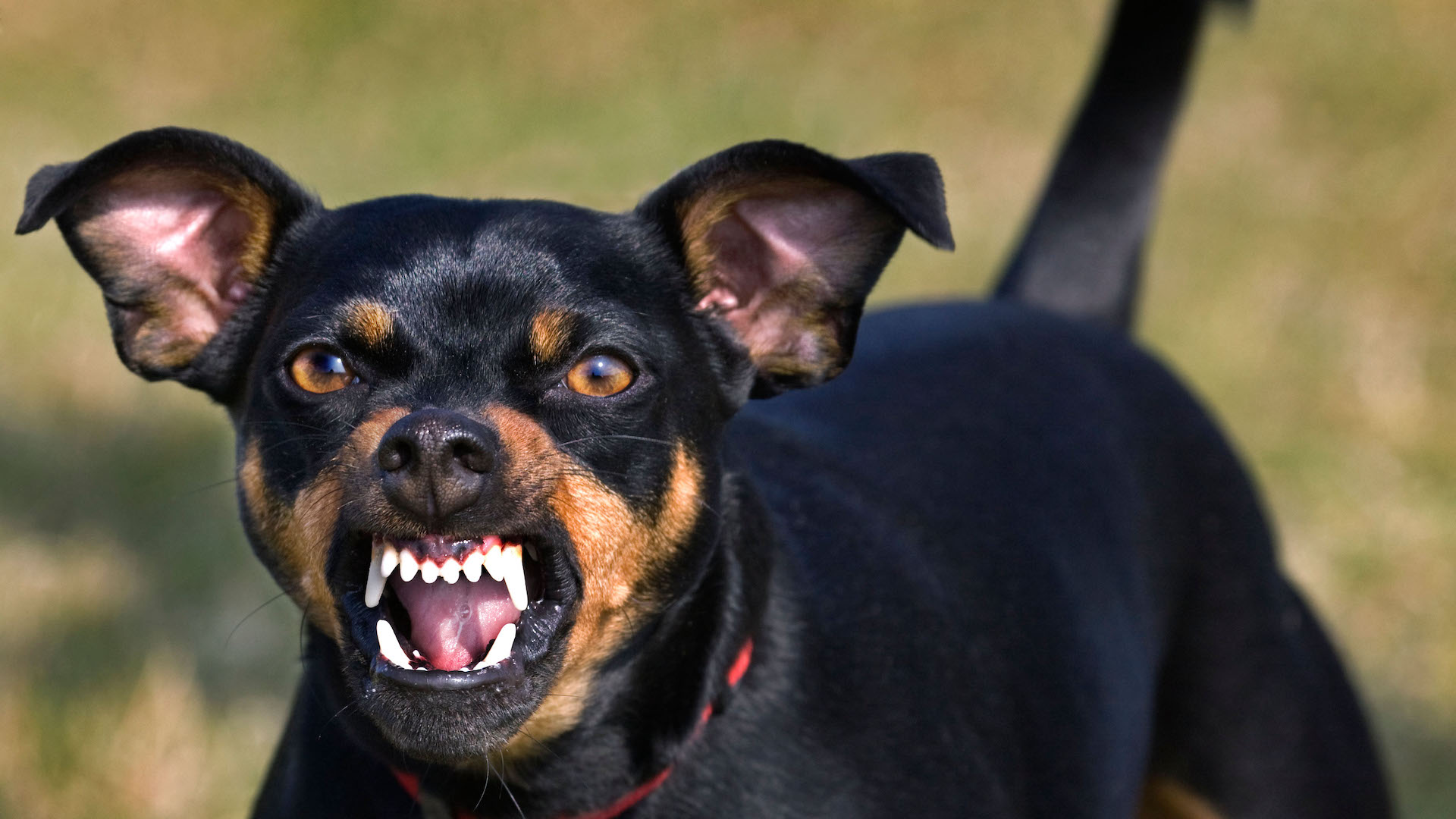
Growling is a normal way for dogs to communicate, although it can sound intimidating. Some growl when they play, but it can also indicate that they are trying to defend something or someone.
Not all growling is problematic, and even as low-level aggression, it is more of a warning sign than outright defence, but you need to understand what the dog is trying to communicate rather than exacerbating the situation before it escalates.
8. Baring teeth
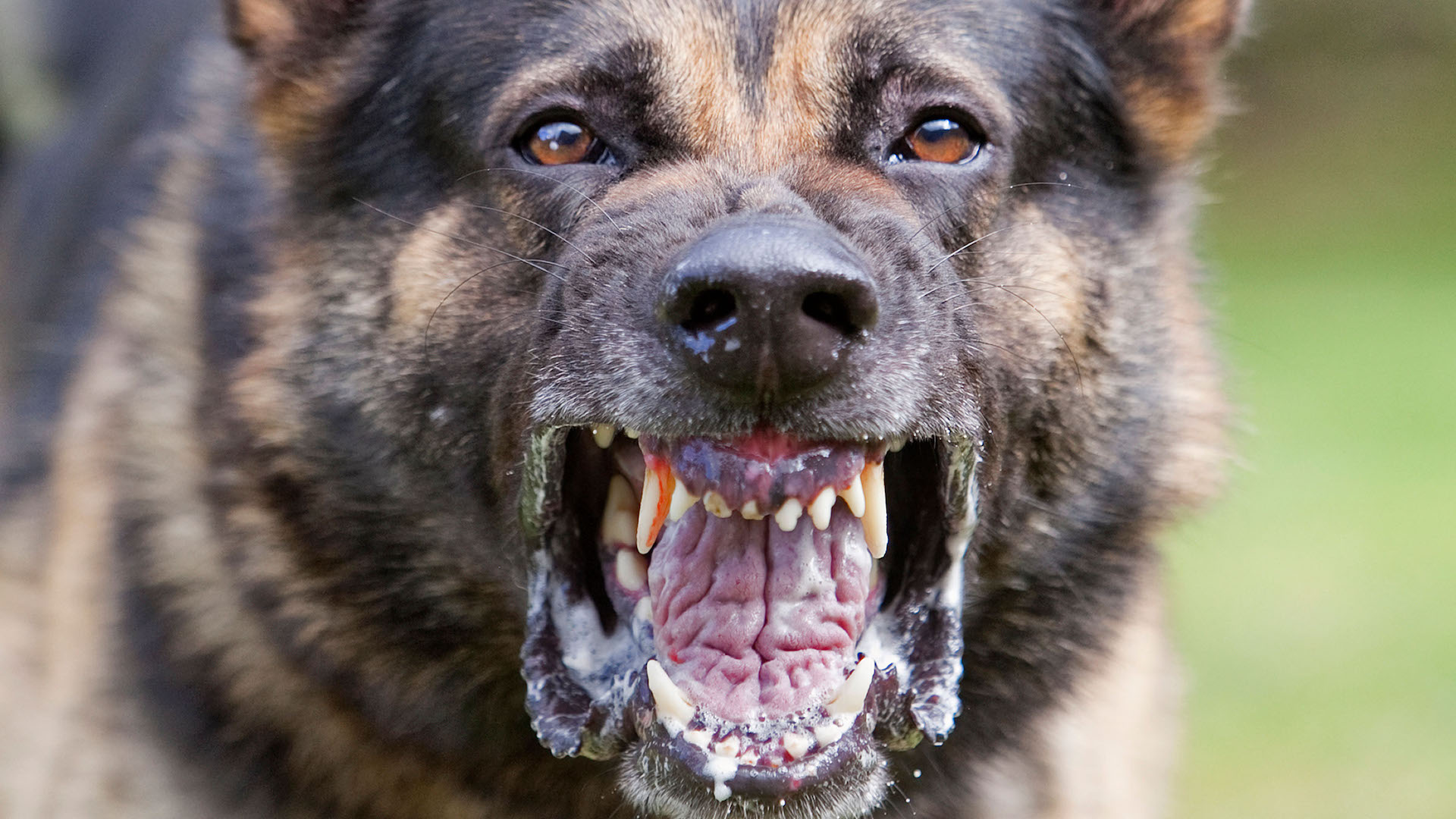
There are many levels of a dog baring its teeth. Some appear almost to grin, as a sign of affection or expressing pleasure, some show their gnashers when they play. However, like growling, it’s also a way for the dog to emphasize that he has teeth, and he could use them if he feels it’s necessary.
Read the signals to decipher what he is communicating—if the “smile” is more of a grimace and accompanied by other signs of aggression, he’s feeling the need to assert threatening body language.
9. Barking
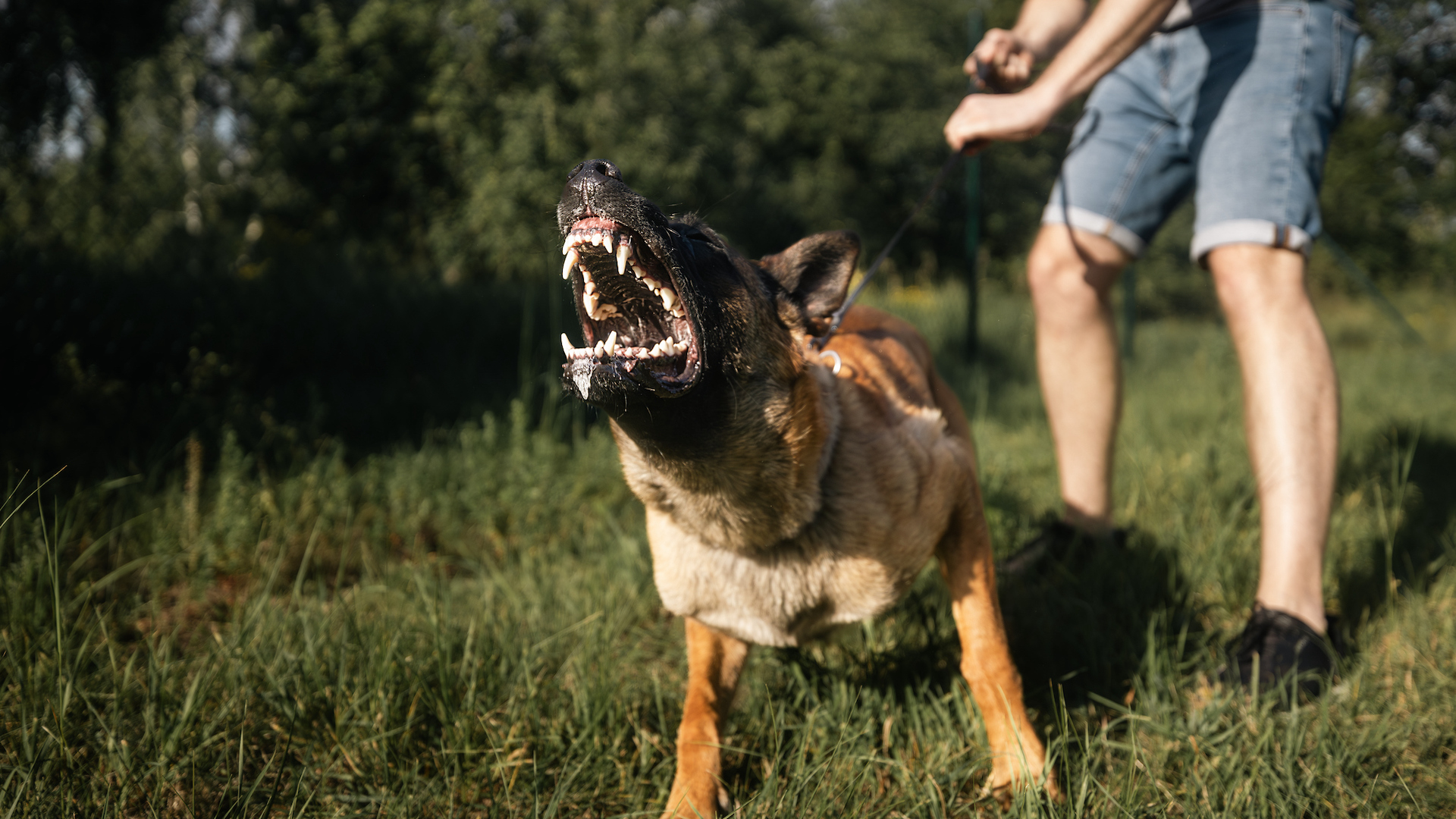
It is entirely normal for dogs to bark (although there are some quieter dog breeds), and it can mean several things.
For many, it’s a habit reinforced by human behavior. They bark, they get our attention. For others, it’s their natural form of communication when they want to alert the pack (or human family) that there’s a visitor or intruder. Many also bark when they play or in excitement.
However, if barking is accompanied by other aggressive tendencies, such as growling, baring teeth, and lunging at the leash, they are trying to intimidate.
10. Lunging
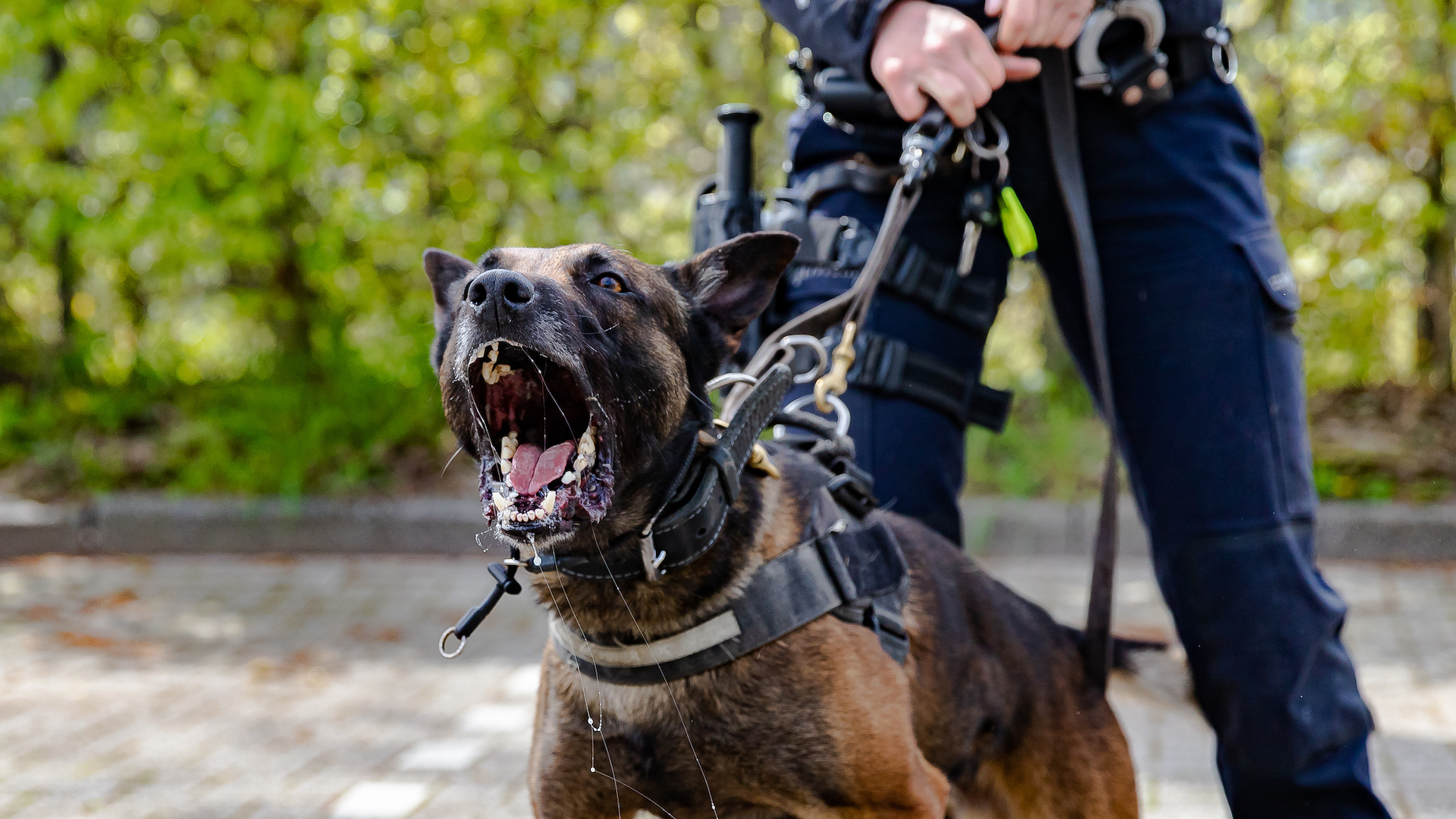
Lunging is not simply pulling on the leash, but is a more attacking movement designed to intimidate.
Dr MacMillan explains: “Lunging can be a sudden threatening movement that is often accompanied by barking, teeth-baring, and snapping in aggressive dogs.
“We also see it in excited dogs pulling on the lead and those who are poorly socialized, wanting to chase something like a bike or a squirrel.”
11. Snapping
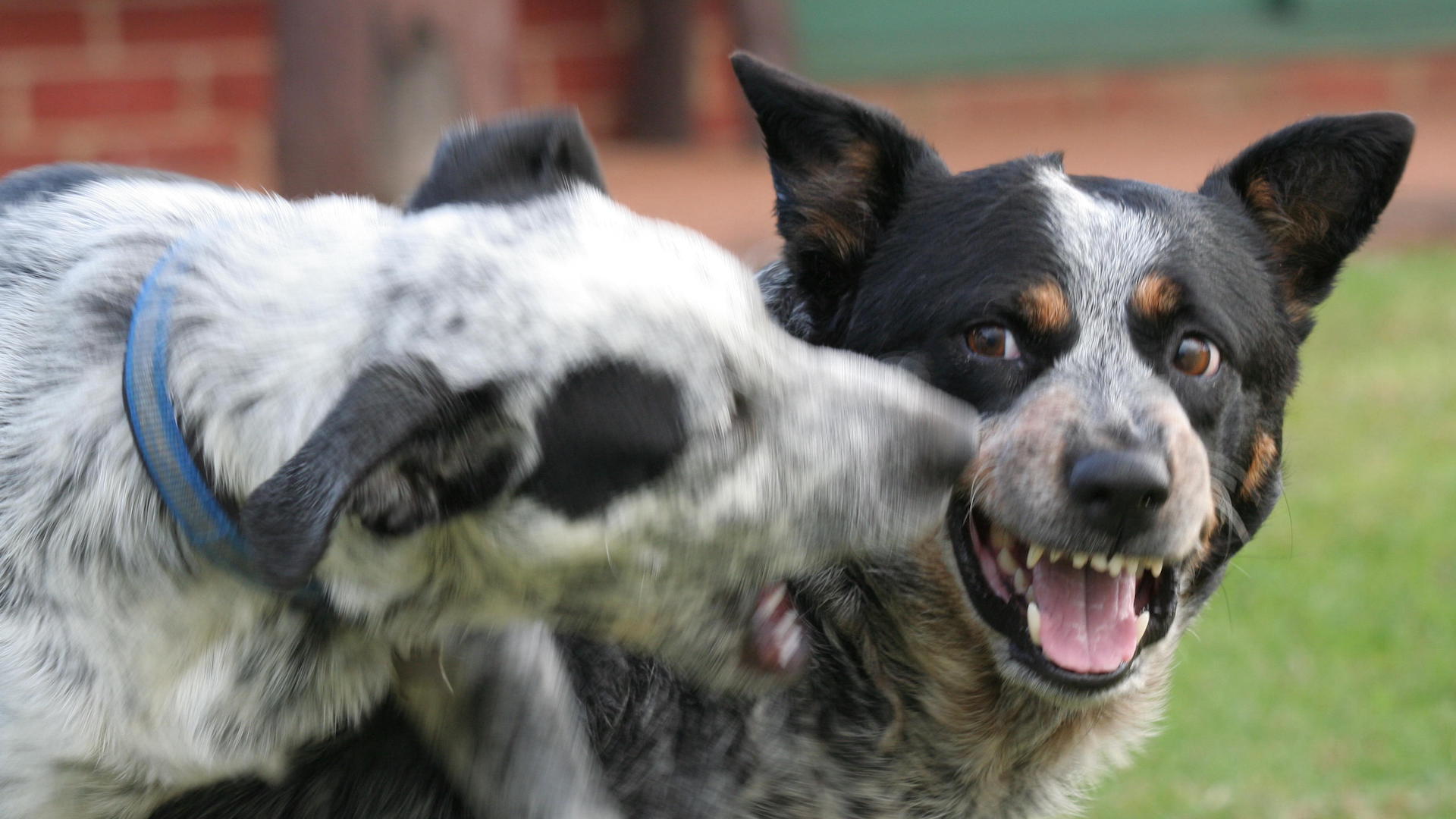
Like one human snapping at another verbally, this is a sign of frustration and anger. Dogs may snap if they feel afraid or anxious, but also threatened and wanting to assert authority. They may snap at other dogs, pets, or people. A step down from a full bite, snapping is a warning sign that aggression is escalating.
12. Biting
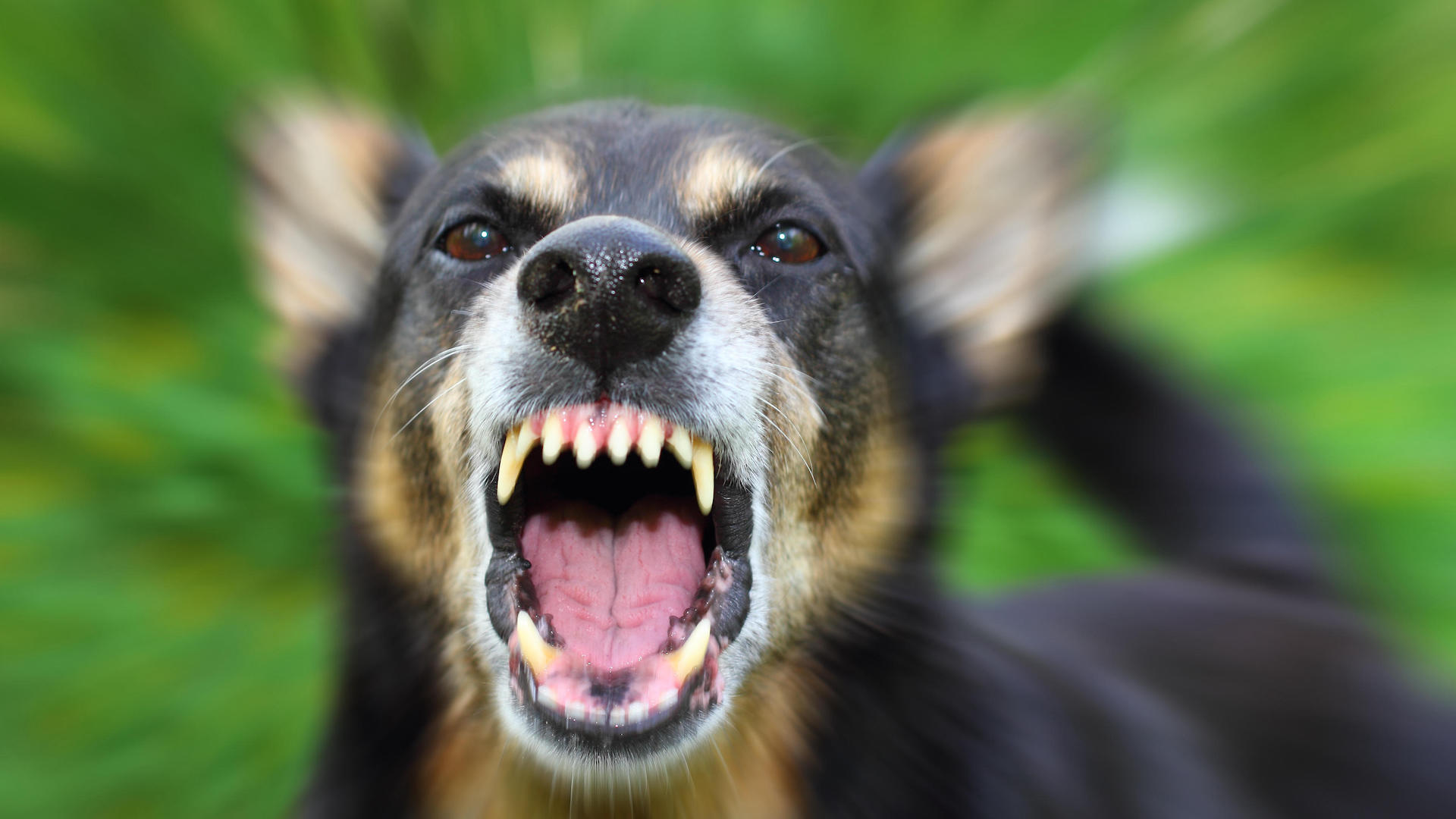
“Biting is the ultimate sign of aggression,” says Dr. MacMillan. “This is often used when all the other signs have been ignored.
“Different dogs will escalate to a bite at different rates than others, depending on their temperament, breed, and previous negative experiences.”
However, even with something as ostentatiously aggressive as biting, there are examples of when it is not a threatening action. Puppies tend to explore the world with their mouths and often bite when they are teething. It’s important to nip this habit in the bud—it may be helpful to read up on tips on how to stop a puppy biting.
Read next: 10 signs a dog is happy and how to help an anxious dog
Edited by Georgia Guerin and Alexis De Leaver
Last updated in July 2025.
Martha is an experienced journalist working in both print and digital media. She specializes in the canine, equine and rural sphere where she has covered a wide range of topics from cloning animals and the ingredients for a perfect yard dog, to helping owners find the best canine GPS trackers on the market. When she’s not busy writing about dogs and horses, she’ll be found either aboard a horse or looking after the menagerie of pets in her care.
